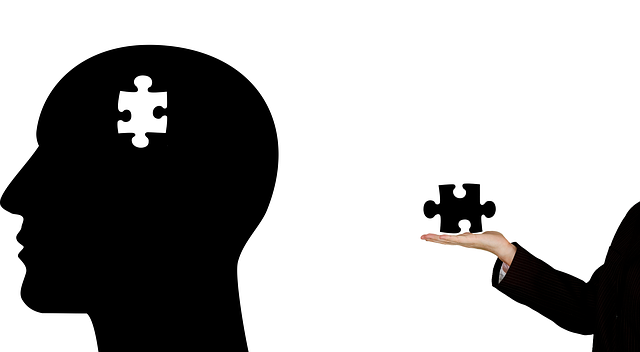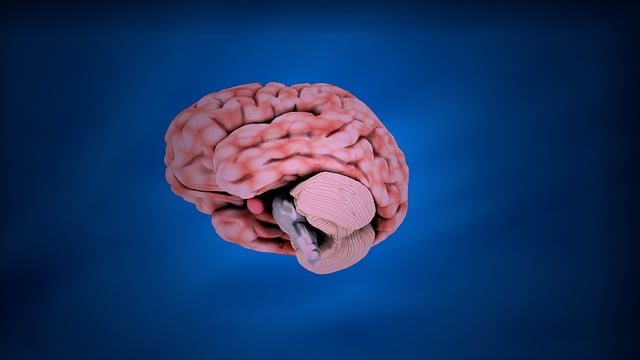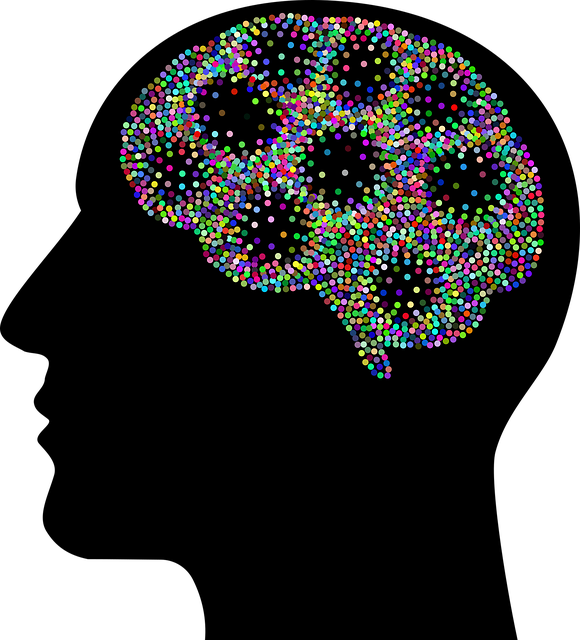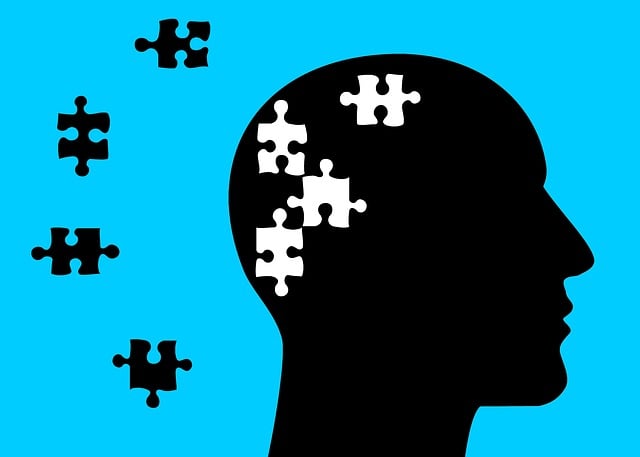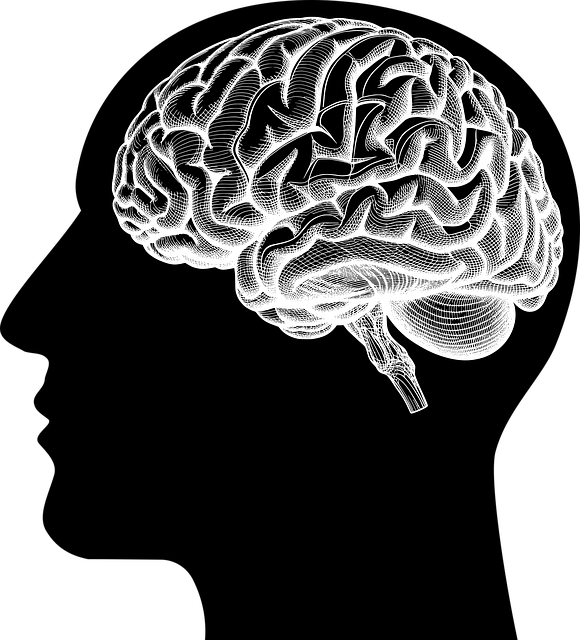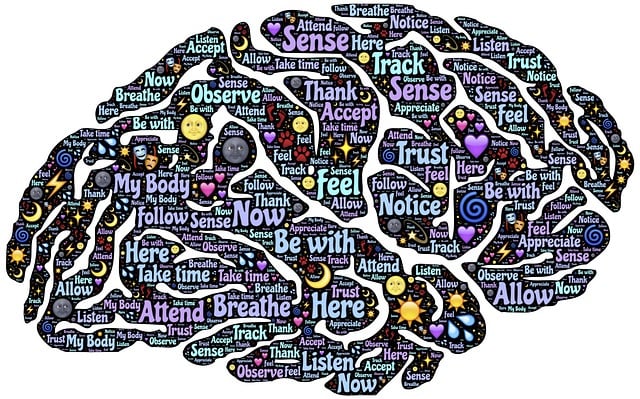Positive thinking therapy, incorporating biofeedback and journaling, is an effective way to build resilience in young children, helping them manage stress and navigate challenges. Biofeedback, a non-invasive technique, teaches kids emotional control through real-time feedback on physiological signals. Structured workshops and 8-step guides ensure successful implementation, fostering emotional intelligence and inner peace. Creative exercises make positive thinking accessible, benefiting mental wellness and trauma support for young minds.
“Unleash the power of positive thinking for young minds! This comprehensive guide explores how positive thinking exercises can transform children’s lives. We delve into the science behind its impact, introducing biofeedback as a powerful tool to teach emotional control. With practical steps for parents and caregivers, this article covers everything from implementation to benefits and challenges. Discover how these techniques can foster resilience and enhance well-being in therapy for young children, opening doors to a brighter future.”
- Understanding Positive Thinking and Its Impact on Young Minds
- Biofeedback: A Powerful Tool for Teaching Children Emotional Control
- Implementing the Therapy: Step-by-Step Guide for Parents and Caregivers
- Benefits, Challenges, and Future Prospects of Positive Thinking Exercises for Kids
Understanding Positive Thinking and Its Impact on Young Minds

Positive thinking is a powerful tool that can significantly shape the development of young minds. It involves cultivating optimistic attitudes and reframing negative thoughts into more constructive ones. For children, this process can be transformative, offering a unique form of therapy that enhances their emotional healing processes. By teaching them to manage stress and navigate life’s challenges with resilience, positive thinking becomes an integral part of their mental wellness journey.
This approach is particularly beneficial for young individuals as it empowers them to develop coping mechanisms early on. Through techniques like biofeedback and journaling exercises, children can learn to regulate their emotions effectively. Mental wellness journaling exercise guidance, for instance, encourages kids to express their feelings, identify sources of stress, and replace negative thoughts with positive affirmations. Stress management workshops organized by various organizations also play a pivotal role in instilling these practices, ensuring that young minds are equipped to handle life’s ups and downs with a sense of optimism and confidence.
Biofeedback: A Powerful Tool for Teaching Children Emotional Control

Biofeedback is a remarkable therapeutic technique that offers a powerful tool for teaching children emotional control and stress management. This non-invasive method allows kids to gain a deeper understanding of their bodies’ physical responses to emotions, enabling them to develop inner strength and mindfulness from an early age. By using sensors to monitor physiological signals like heart rate and muscle tension, biofeedback provides real-time feedback that helps children recognize and consciously regulate these responses.
This innovative approach is particularly beneficial for young minds as it promotes self-awareness and emotional intelligence. Through biofeedback sessions, children can learn to differentiate between calm and anxious states, allowing them to employ coping strategies effectively. Moreover, regular practice of biofeedback techniques can enhance mindfulness meditation skills, enabling kids to cultivate a sense of inner peace and resilience in the face of daily challenges.
Implementing the Therapy: Step-by-Step Guide for Parents and Caregivers

Implementing a therapy like biofeedback for young children with mental health challenges can seem daunting, but with a structured approach, parents and caregivers can effectively support their child’s healing journey. Here’s a step-by-step guide to navigate this process:
1. Understand Biofeedback Basics: Begin by familiarizing yourself with biofeedback—a therapy that teaches individuals to control certain bodily functions. Explain this concept to your child in age-appropriate terms, emphasizing its potential benefits for managing emotions and reducing stress.
2. Consult Professionals: Reach out to healthcare providers or therapists specializing in biofeedback for children. They can guide you on the most suitable techniques and equipment for your child’s specific needs. This step is crucial in ensuring a safe and effective therapy implementation.
3. Choose a Biofeedback Method: Select an appropriate biofeedback technique, such as heart rate monitoring or muscle relaxation exercises. Consider your child’s preferences and any sensory sensitivities to make this process enjoyable rather than overwhelming.
4. Create a Routine: Establish a consistent routine for the therapy sessions. Young children thrive on predictability, so set aside dedicated time each day. Make it a fun activity by incorporating their favorite toys or rewards system to reinforce positive engagement.
5. Practice Together: Act as a role model and participate in the biofeedback exercises alongside your child. This collaborative approach not only strengthens the bond between you but also demonstrates that managing emotions is a shared experience.
6. Monitor Progress: Keep track of your child’s progress, noting any changes in their emotional responses or overall well-being. Regularly review these observations with therapists to adjust the therapy plan as needed.
7. Incorporate into Daily Life: Over time, integrate biofeedback techniques into everyday life, making them a natural part of your child’s coping mechanisms. This long-term strategy supports mental health policy analysis and advocacy by promoting self-regulation skills.
8. Encourage Open Communication: Foster an environment where discussing emotions is normal and encouraged. Help your child recognize and express their feelings, reinforcing the connection between inner strength development and biofeedback practices.
Benefits, Challenges, and Future Prospects of Positive Thinking Exercises for Kids

Positive thinking exercises for kids offer a promising approach to enhancing mental well-being and fostering resilience at a young age. These activities aim to train the mind to focus on positive thoughts, emotions, and experiences, thereby boosting self-esteem, reducing stress, and improving overall mood. Research suggests that early intervention through such exercises can be an effective therapy for young children, even those dealing with trauma or anxiety. By incorporating techniques like biofeedback, kids learn to regulate their physiological responses, enhancing their ability to manage stress and emotions effectively.
Despite the potential benefits, implementing positive thinking exercises in a child’s life isn’t without challenges. Engaging young minds and maintaining consistent practice can be difficult, especially when competing with other engaging activities or screen time. Furthermore, tailoring these exercises to different age groups and individual needs requires careful consideration. However, with persistent effort and creative approaches, such as incorporating play and storytelling, positive thinking can become an integral part of a child’s routine, serving as a powerful tool for trauma support services, improving communication strategies, and even preventing burnout at an early stage.
Positive thinking exercises, enhanced by biofeedback techniques, offer a promising therapy for young children. By implementing these steps and strategies, parents and caregivers can empower kids to develop emotional control, resilience, and a more optimistic outlook. While challenges exist, ongoing research and practice improvements ensure that these methods continue to evolve as effective tools for nurturing mental well-being in the youngest minds. Incorporating biofeedback into positive thinking exercises has the potential to revolutionize how we support children’s emotional health.
